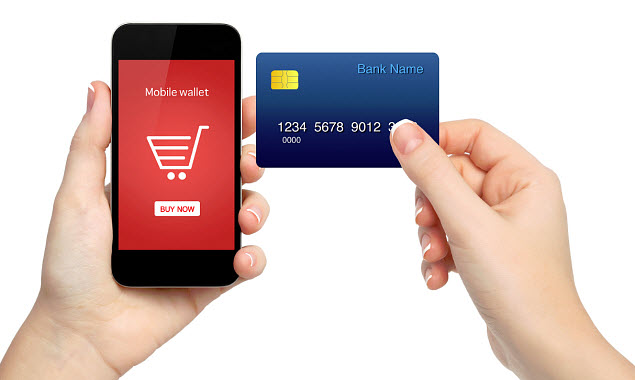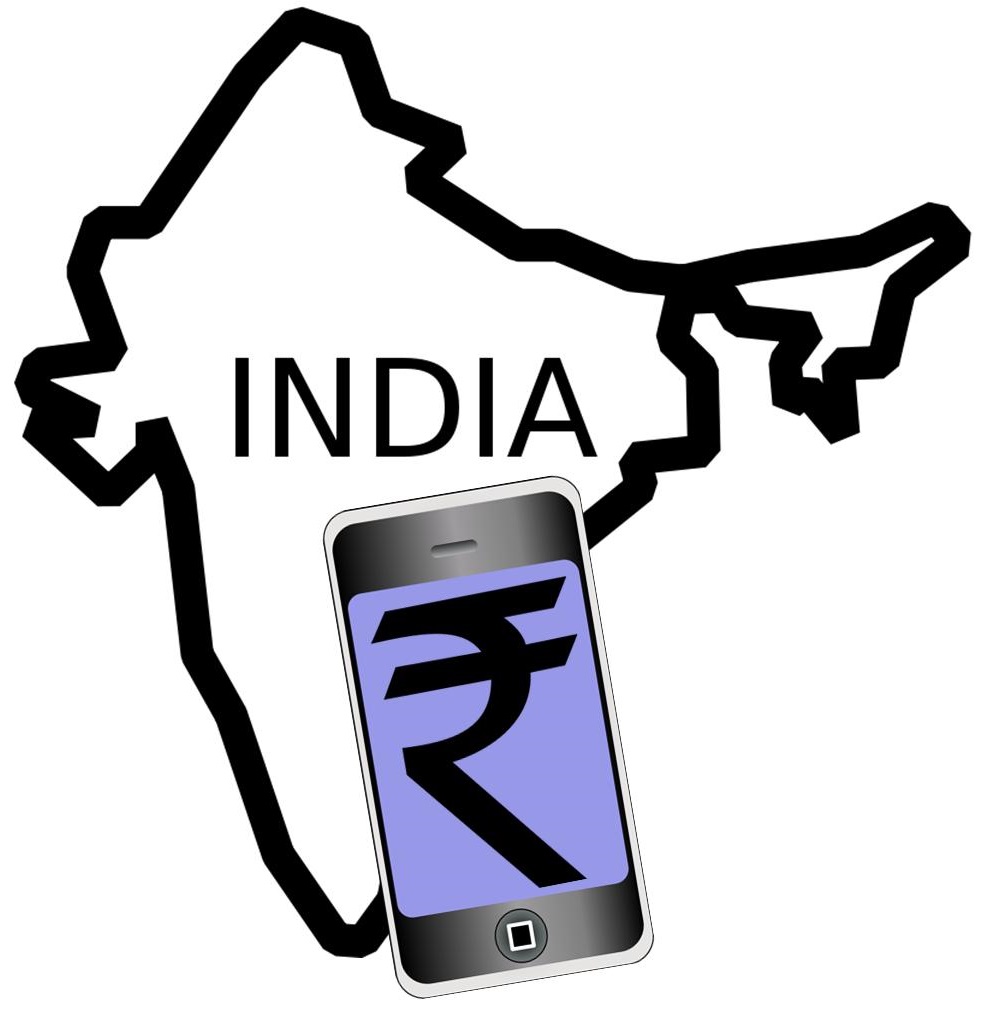The application is designed to change the way that customers pay for purchases in popular locations.
Downtown has now unveiled its mobile payments app in an attempt to provide consumers with a new method of ordering and paying for their food in Palo Alto, in popular meeting spots such as the Coupa Café.
The primary difference that the wallet app could make is in the way consumers are paying for their purchases.
While it has become relatively commonplace to be able to order a meal at many quick service restaurants – particularly when it comes to delivery or take-out – the way that consumers pay for what they buy when they are actually inside a restaurant has stayed somewhat the same. However, Downtown is hoping that its new mobile payments app, which has recently been launched for iOS devices, in-store orders and transactions will be able to be made directly from an iPhone.
Despite the fact that mobile payments services have been slow to take off, companies are still looking for the perfect angle.
 Consumers have not been adopting smartphone payments services as quickly as many mobile wallet companies had expected, but many believe that this is simply because the right convenient offering has not yet made it appealing enough for these options to be used. Downtown is using iBeacon technology to allow the restaurant to be able to detect exactly where a customer is sitting, so that he or she can use a smartphone to order food and pay for it, and the restaurant staff will know exactly where that customer is sitting so that it can be delivered directly to him or her.
Consumers have not been adopting smartphone payments services as quickly as many mobile wallet companies had expected, but many believe that this is simply because the right convenient offering has not yet made it appealing enough for these options to be used. Downtown is using iBeacon technology to allow the restaurant to be able to detect exactly where a customer is sitting, so that he or she can use a smartphone to order food and pay for it, and the restaurant staff will know exactly where that customer is sitting so that it can be delivered directly to him or her.
Although this geolocation based order placing technology is starting off at shops such as cafes, the co-founders of downtown, Xavier de Ryckel, Phillip Buckendorf, and Max Noelle, intend to expand the use of this tech into other areas, as well. They are already planning to move the use of the service into restaurants and even food trucks over the next few months. So far, the mobile payments app is designed to be ideal for small purchases being made in person at Palo Alto businesses.
This new smartphone payments service has been made available to device users in India.
Idea Cellular has recently announced the launch of its new mobile wallet service, called Idea Money, that is designed to give consumers the ability to complete certain payment transactions, such as recharging their prepaid mobile accounts.
It is also designed to allow utility bell payments DTH recharges, and make online money transfers.
This service was first launched in July in Mumbai and it will be rolled out throughout India through a number of phases, said a source from the company. That said, that individual declined to share the availability timeline for the availability of the mobile wallet across the country. This is far from the only service of this nature that is available within the Indian market. Vodafone, Tata Teleservices, Bharti Airtel, and other mobile operators are already providing mobile payments options to their customers.
The Idea Money website describes the mobile wallet as a semi-closed prepaid payment service.
 That website explained that the service is being offered by Idea Mobile Commerce Services Limited (IMCSL), which obtained its license to provide it through the Reserve Bank of India. Idea stated that “Simply put, it is a prepaid account which can be accessed using your mobile phone or the Internet for conducting a variety of transactions like prepaid mobile recharges, DTH recharges, utility bill payments, money transfers & more.”
That website explained that the service is being offered by Idea Mobile Commerce Services Limited (IMCSL), which obtained its license to provide it through the Reserve Bank of India. Idea stated that “Simply put, it is a prepaid account which can be accessed using your mobile phone or the Internet for conducting a variety of transactions like prepaid mobile recharges, DTH recharges, utility bill payments, money transfers & more.”
At the moment, the number of uses for these mobile payments is limited to certain bills on top of money transfers. It can recharge prepaid mobile services, recharge DTH, pay off utility bills, and send money to specific accounts. Though this does provide consumers with a convenient opportunity to use their smartphones and tablets to make payments, the company is hopeful that the uses will soon be able to broaden.
At the same time that it is focused on rolling out this mobile wallet across the remainder of India, it is also looking into additional uses for the service. This includes the introduction of mobile payments for shopping at stores and restaurants, for example, as well as uses for ticketing transactions. This could help to boost the appeal of the service among consumers who are using their smartphones for a growing number of daily activities.
 Consumers have not been adopting smartphone payments services as quickly as many mobile wallet companies had expected, but many believe that this is simply because the right convenient offering has not yet made it appealing enough for these options to be used. Downtown is using iBeacon technology to allow the restaurant to be able to detect exactly where a customer is sitting, so that he or she can use a smartphone to order food and pay for it, and the restaurant staff will know exactly where that customer is sitting so that it can be delivered directly to him or her.
Consumers have not been adopting smartphone payments services as quickly as many mobile wallet companies had expected, but many believe that this is simply because the right convenient offering has not yet made it appealing enough for these options to be used. Downtown is using iBeacon technology to allow the restaurant to be able to detect exactly where a customer is sitting, so that he or she can use a smartphone to order food and pay for it, and the restaurant staff will know exactly where that customer is sitting so that it can be delivered directly to him or her.
 That website explained that the service is being offered by Idea
That website explained that the service is being offered by Idea 